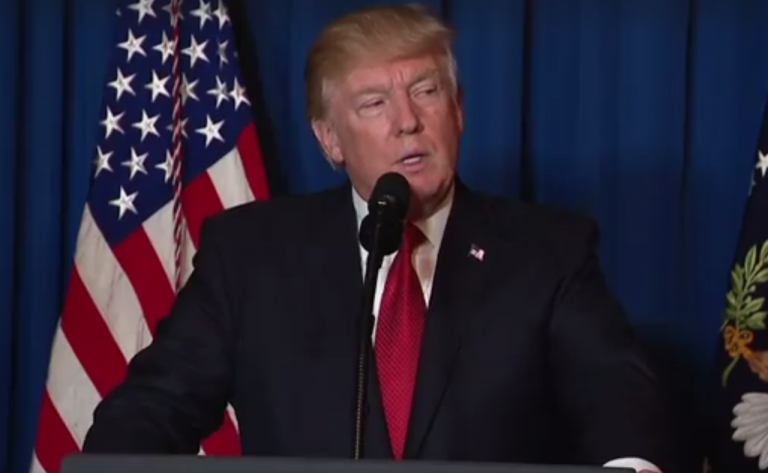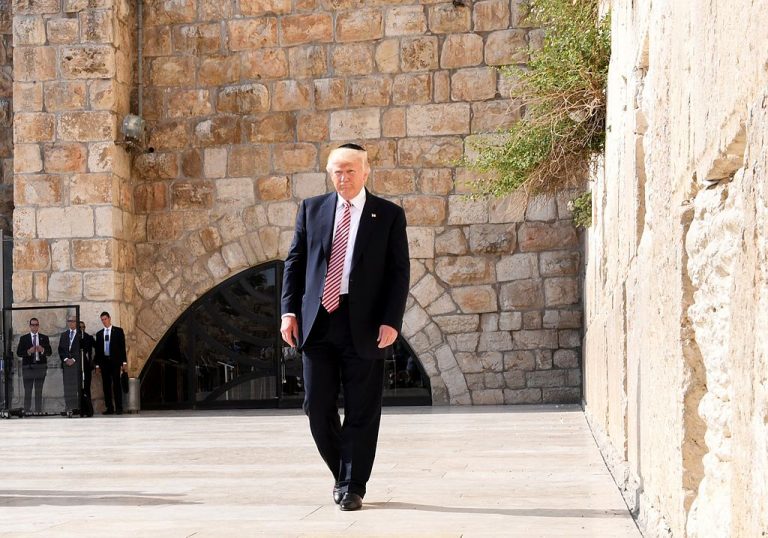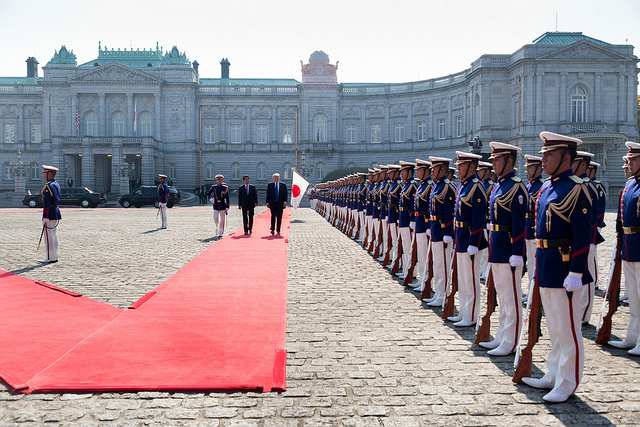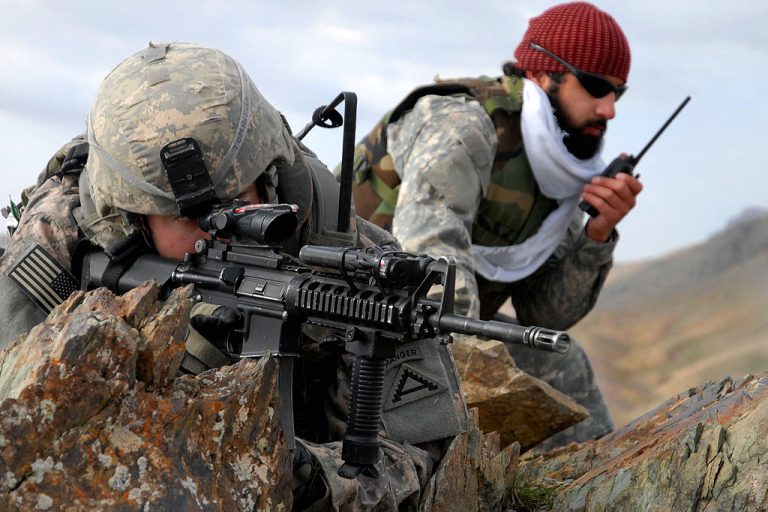
- Dr. George N. Tzogopoulos
- December 11, 2017
- Paper No. 2
Q: On December 6, 2017, US President Donald Trump made a statement recognizing Jerusalem as Israel’s capital and declaring that his administration will immediately begin the process of building an embassy in Jerusalem. What does Trump’s recognition of Jerusalem as Israel’s capital mean?
Respondents: Elliott Abrams, Daniel Pipes, Max Singer, Eytan Gilboa, Jonathan Rynhold, Hillel Frisch










